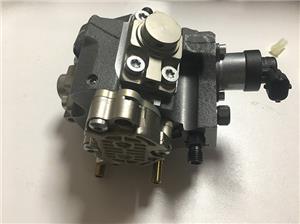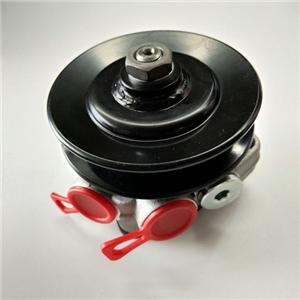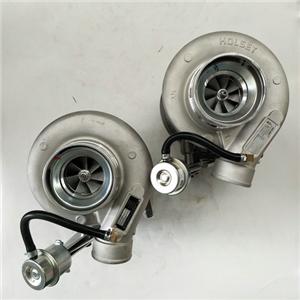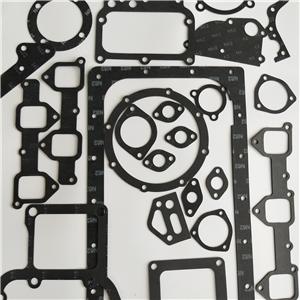Wholesale Sales Vehicle Automobile Engine Components Parts Factory
Vehicle Automobile Engine Components Parts
There are gasoline and oil engines. Of course, there are natural gas engines on the market today. So what are the components of the gasoline engine, and what do they do? It is composed of cylinder cover, piston, piston ring, connecting rod, crankshaft, camshaft, rocker arm, spark plug and jazz clamp. So what do they do?
The cylinder head: A cylinder head is a piece of metal above the engine cylinder. The cylinder head is cast with small round indentations to allow room for combustion at the top of the combustion chamber. Cylinder head gasket seals the joint between the cylinder head and block. Intake and exhaust valves, spark plugs and fuel injectors are also installed on the cylinder head.
The connecting rod: The connecting rod is made of aluminum alloy. It has two endpoints with small end and big end. The small end is connected with the piston and the large end is connected with the crankshaft. Its main function is to connect the piston and crankshaft to provide movement. It converts the resistance moment into the rotor moment.
Wholesale Engine Components
Piston and piston ring: The piston goes from T.D.C. to B.D.C. in the cylinder block, giving the crankshaft a 0-360 degree torque. When the fuel is ignited in the combustion chamber, the force pushes the piston down, and the piston pushes down on the crankshaft. The piston is connected to the crankshaft by connecting rod. It is connected to the connecting rod by the piston pin, which is connected to the crankshaft by the connecting rod bearing.
At the top of the piston, you will find three or four grooves cast into the metal. Put the piston ring in the groove. The piston rings are actually the parts that touch the cylinder walls. They are made of iron and come in two kinds: compression rings and oil rings. The compression ring pushes outward against the wall of the cylinder, sealing the fuel chamber. The oil ring prevents oil from seeping from the crankcase into the combustion chamber. It also cleans excess oil along the cylinder wall and back into the crankcase.
Sales Vehicle Engine Parts
The crankshaft: The crankshaft converts the up-and-down motion of the piston into the rotational motion that allows the car to move. The crankshaft is usually mounted longitudinally in the engine block near the bottom. It extends from one end of the engine set to the other. At the front of the engine, the crankshaft is connected to the rubber belt, which is connected to the camshaft to transfer power to other parts of the car. At the back of the engine, the camshaft is connected to the drive system, which transfers power to the wheels. At each end of the crankshaft, you will find oil seals, or "o-rings," to prevent oil from leaking from the engine.
The crankshaft is located in the engine crankcase. The crankcase is located below the cylinder block. The crankcase protects the crankshaft and connecting rod from external objects. The area at the bottom of the crankcase, called the oil pan, is where your engine's oil is stored. In the oil pan, you will find an oil pump that is pumped through a filter and sprayed onto the crankshaft, connecting rod bearings, and cylinder walls to lubricate the piston stroke. The oil eventually drips back into the pan and the process starts again. Along the crankshaft, you will find the balance blades as the balance crankshaft and prevent engine damage when the swing crankshaft rotates the balance crankshaft. You can also find the main bearings on the crankshaft. The main bearing provides a smooth surface between the crankshaft and the engine block where the crankshaft rotates.
Automobile Engine Parts Factory
The camshaft is the engine's brain. It is connected to the crankshaft through a timing belt to ensure that the intake and exhaust valves are opened and closed at the right time for optimal engine performance. The camshaft is an egg-shaped blade that extends to the camshaft to control when the valve opens and closes.
Product Recommendation:
